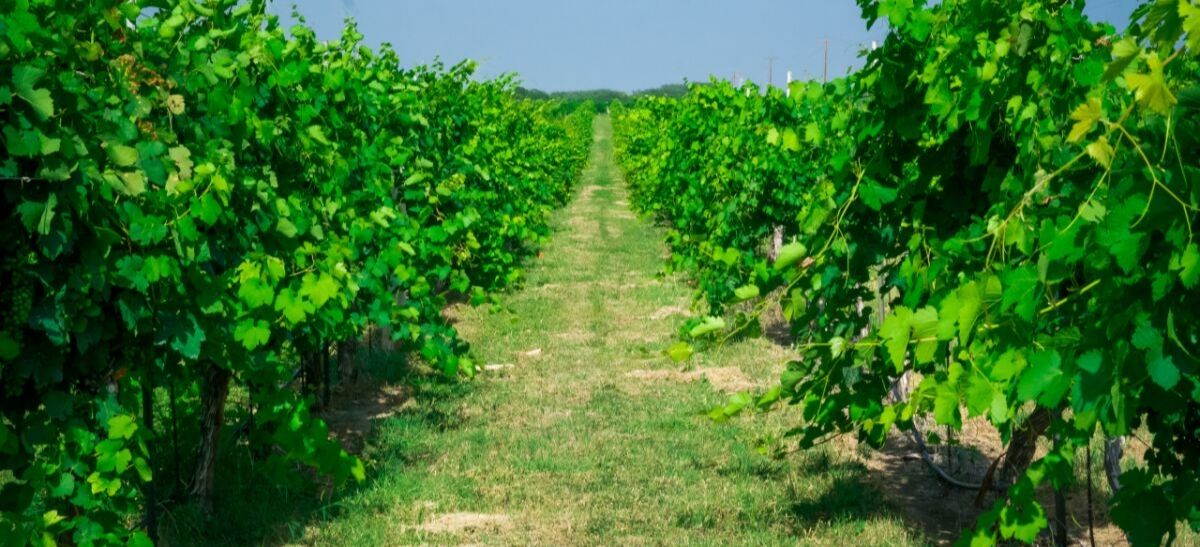Early Bird
Deadline
January 31, 2026
Judging
Date
May 18, 2026
Winners
Announced
June 10, 2026

In recent years, American wine lovers have begun to look beyond the obvious places for domestic excellence. Amongst a clutch of competing regions, Texas’s High Plains - which covers a huge geographical area loosely based around the city of Lubbock in northwestern Texas - stands out. It’s a region of great diversity, both in terms of terroir and grape varieties.
High Plains Winegrowers president Bree Nelson, who runs the 13-acre Soleado Vineyards, says this is what makes it special. “One of the really neat things about growing grapes here is that our overall picture looks a lot different than other wine growing regions, especially if you compare our wine growing region to that of any AVA in California. We are fortunate that because of our terroir here, we can grow so many varieties.”
“It depends on who you ask! Tempranillo is a shining star here. It loves the heat. It responds well to our soils. We can grow some beautiful Tempranillo. But, at the same time, that might vary by site. My husband and I grow Tempranillo, but we also grow Cabernet, and our Cabernet, however low-yielding, makes beautiful Cabernet. It just depends.
“As Texans, we're trying to hang our hat on something, and we've had this discussion quite a bit as an industry. What is Texas going to be known for? And, I think for a few years, we all thought Tempranillo. And, that's not actually how it's happening. I don't know that, as Texas that we're ever going to be able to hang our hat on one particular varietal, or one particular wine-making style.”
“Our goal as growers is vineyard designation. I want the world to know my vineyard name, and I think that's something a little bit different in comparison to other wine-growing regions as well, where the growers, most of the time, are also the winery.
“I don't have a winery, and I have no intention of ever making wine. I have a job, and my husband ... We own a company, and we're both very busy people. We have found what we do, but we have a passion for growing grapes.”
“I think the rest of the world looks at Texas - and this is a fear as a Texan - and they think that we're selling a product by putting Texas on it. But we want to earn the right to stand on the pedestal with everyone else.
“The Texas wine industry is at a launching point right now. We're very proud of a lot of the competitions that Texas wine has competed in over the last few years and has done very, very well and gone toe-to-toe with California and other wine-growing regions. We don't want people to assume that we're riding the coattails of the ‘Texas brand’. We want to earn the right to be there.”
“We sell fruit to Brennan Vineyards, which is in Comanche. We also sell fruit to Fiesta, which is in Lometa. Our Cabernet goes to Brennan. We've taken a different approach with our Cabernet, and it is a low-yielding variety. She's kind of a brat, but she turns out beautiful, dark cherry, tobacco, coffee-flavored Cabernets that just make me giddy. She's kind of our pet in our vineyard.
“Brennan is a winery that believes in quality, and their whole methodology is quality. And, they do some very lovely, beautiful things with the fruit that they get. So, we're privileged as growers to get to sell our fruit to them.”
“That’s something that really interests me. I was in an Asian fusion restaurant in DC and I ordered Tempranillo with a flank steak that was going to have some heat and some spice to it. It actually spurred the interest of the general manager of the restaurant, and he came over, and he got to talking to me about why I picked the Tempranillo. I told him. I said, ‘Well, I'm from Texas, and we actually grow Tempranillo and it has a lot of natural spice to it.’
“This GM sent me an email a few weeks later, and they actually started featuring their Tempranillo as the recommended wine with that plating, more or less. And he said he never would have thought about it without our discussion.”
Enter your Wines now and get in front of top Sommeliers, Wine Directors, and On-Premise Wine Buyers of USA.
